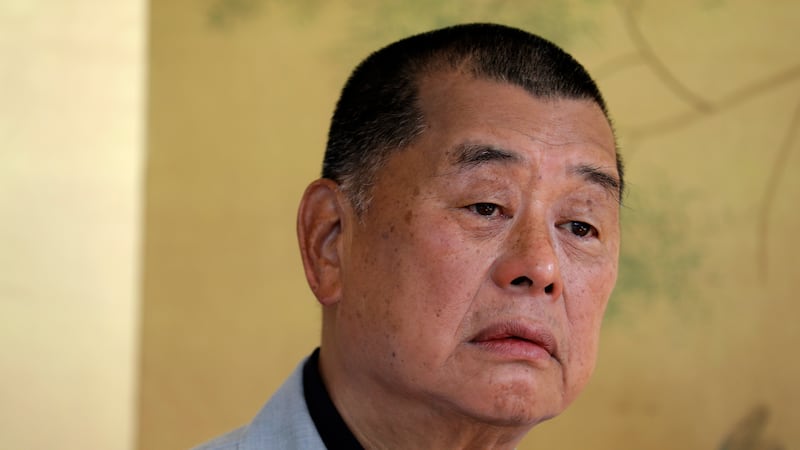Mobile devices will be the primary way of accessing the internet, consumers will demand more personalised content, digital news paywalls will be “mainstream” and two-thirds of recorded music revenues will come from digital formats.
That’s the vision of the near future – the year 2017, to be precise – presented by PricewaterhouseCoopers in its latest report on the entertainment and media sector.
The accountancy firm predicts the Irish sector will secure average annual growth rates of 4.2 per cent over the five years from 2013 to 2017. This is a more optimistic outlook than the 2.7 per cent growth rate it predicted last year for the 2012-2016 period.
"Digital displacement" will continue to drive growth in entertainment and media spending. "What we're seeing now is that digital is not just being talked about, it's embedded in every organisation," said Amy Ball from PwC's entertainment and media practice.
It forecasts that digital entertainment and media revenues will grow by average annual growth rates of 13 per cent in Ireland over the next five years, cancelling out a marginal decline of 0.3 per cent for non-digital forms of media. The overall Irish sector will be worth €4.6 billion in 2017, PwC says.
Smartphone gaming and live music are among the sectors expected to grow between now and 2017, while the physical entertainment rental market will be one of the heaviest casualties. What was a €68 million market in Ireland in 2008 will have shrunk to less than €5 million in 2017.
Physical market
The physical home video market in Ireland, which includes both sales and rentals of DVDs and Blu-ray, will be worth less than the box office for the first time in 2013, according to PwC.
Irish mobile internet access revenues, which currently account for less than half the internet access market at €416 million, will rise to €865 million in 2017, or almost double fixed-broadband access revenues, PwC predicts, as 4G (fourth-generation) mobile services offer greatly improved data speeds. This will increase internet penetration in rural parts of the country that fixed-broadband cannot reach.
However, operators’ bonanza may be short-lived. Ms Ball said the 4G boom may not necessarily translate into increased average revenue per users (ARPUs) in the long term, because internet access “is now seen as a utility rather than a luxury”. Operators will also be encouraging consumers to upgrade to 4G in a competitive market. “Consumers are very price sensitive at the moment and if they can move between operators, they will,” Ms Ball said. On a global basis, mobile internet access revenues will start to exceed fixed-broadband revenues next year.
Digital revenues – which includes internet access spending, digital content purchases and digital advertising – will represent 42 per cent or €1.9 billion of the Irish entertainment and media market in 2017, PwC said. This will be in line with the proportion of digital activity in other mature markets and is almost double digital’s share of spending in 2008.
Globally, "mass media" will become "my media", PwC added, with consumers increasingly using mobile devices for more personalised entertainment experiences. They will also abandon pay-TV subscription packages, turning to cheaper "over-the-top" online streaming services such as Netflix instead. Although revenues from streaming services are forecast to reach just 6 per cent of global pay-TV revenues in 2017, traditional TV operators "must adapt their services to changing consumer expectations for more on-demand content".

















